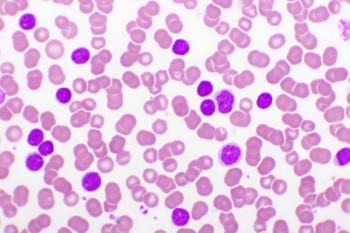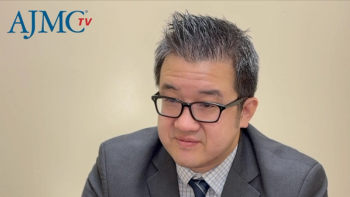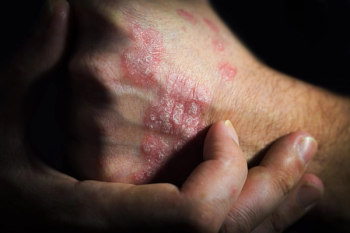
Rapid Diagnostic Tool to Readily Detect Biomarkers in Blood
Biomedical engineers in Germany have developed a tool that uses magnetic beads to detect proteins, potential biomarker, in blood or urine samples in a one-step process.
Tumor markers in the blood help determine whether the patient is afflicted with a malign tumor and whether it is excreting markers more vigorously -- involving highly specific proteins. An increased concentration in the blood provides one indication of the disease for physicians. However, it has been quite expensive in time and effort to detect the markers thus far. This is because all kinds of molecules and proteins are teeming in the blood. To be able to detect a single specific one, doctors must first separate and purify the blood in several steps, and then isolate the marker they are searching for from the rest of the molecules.
This will go faster in future. Researchers in the Project Group for Automation in Medicine and Biotechnology PAMB of the Fraunhofer Institute for Manufacturing Engineering and Automation IPA in Mannheim, Germany, have developed a one-step analysis. "Our goal is to detect biological molecules in blood, or in other kinds of samples from the patient such as urine, that indicate diseases," explains Caroline Siegert, a scientist at IPA, "and do so without having to laboriously process the blood, but in one single step instead."
Read more about this invention at:
Newsletter
Stay ahead of policy, cost, and value—subscribe to AJMC for expert insights at the intersection of clinical care and health economics.









































